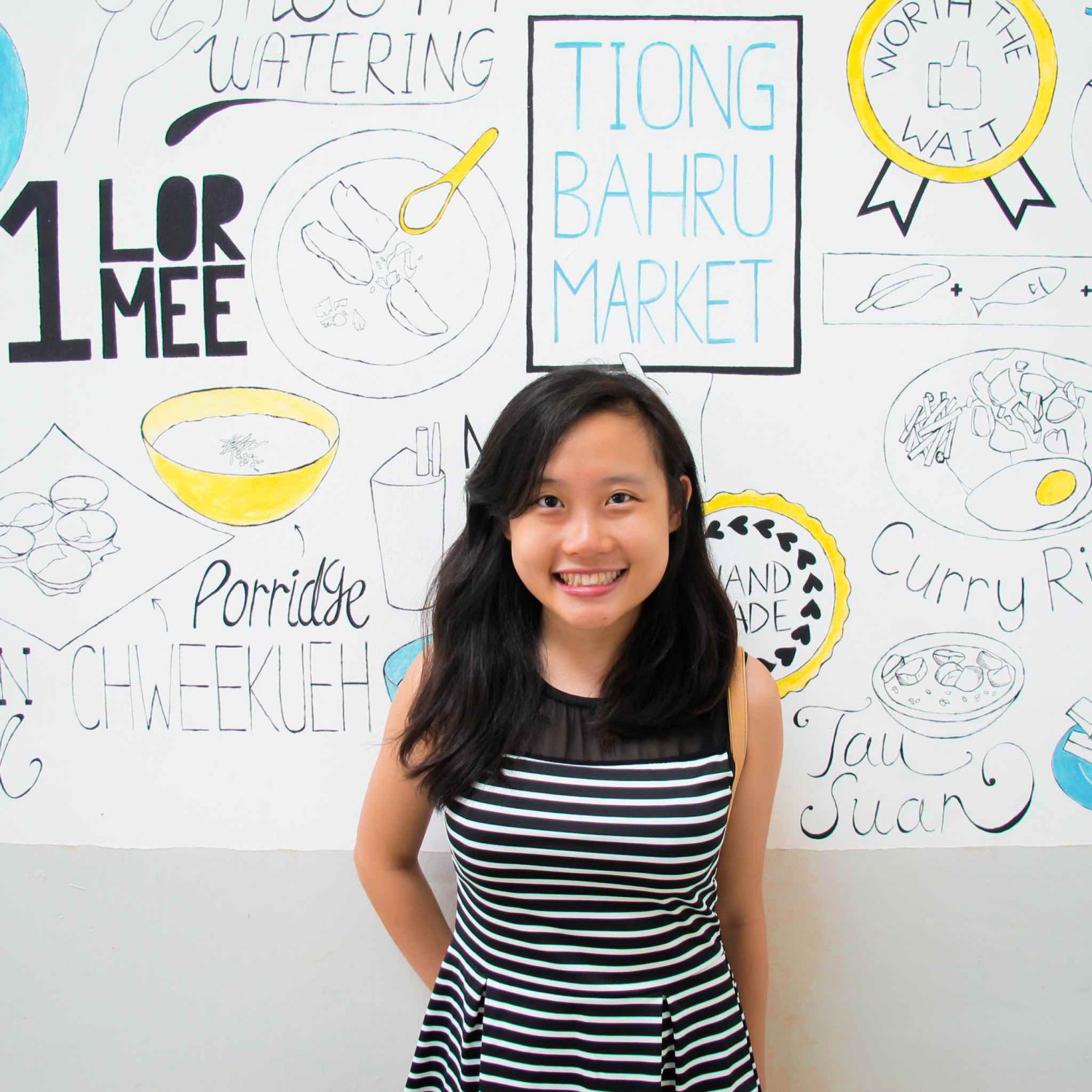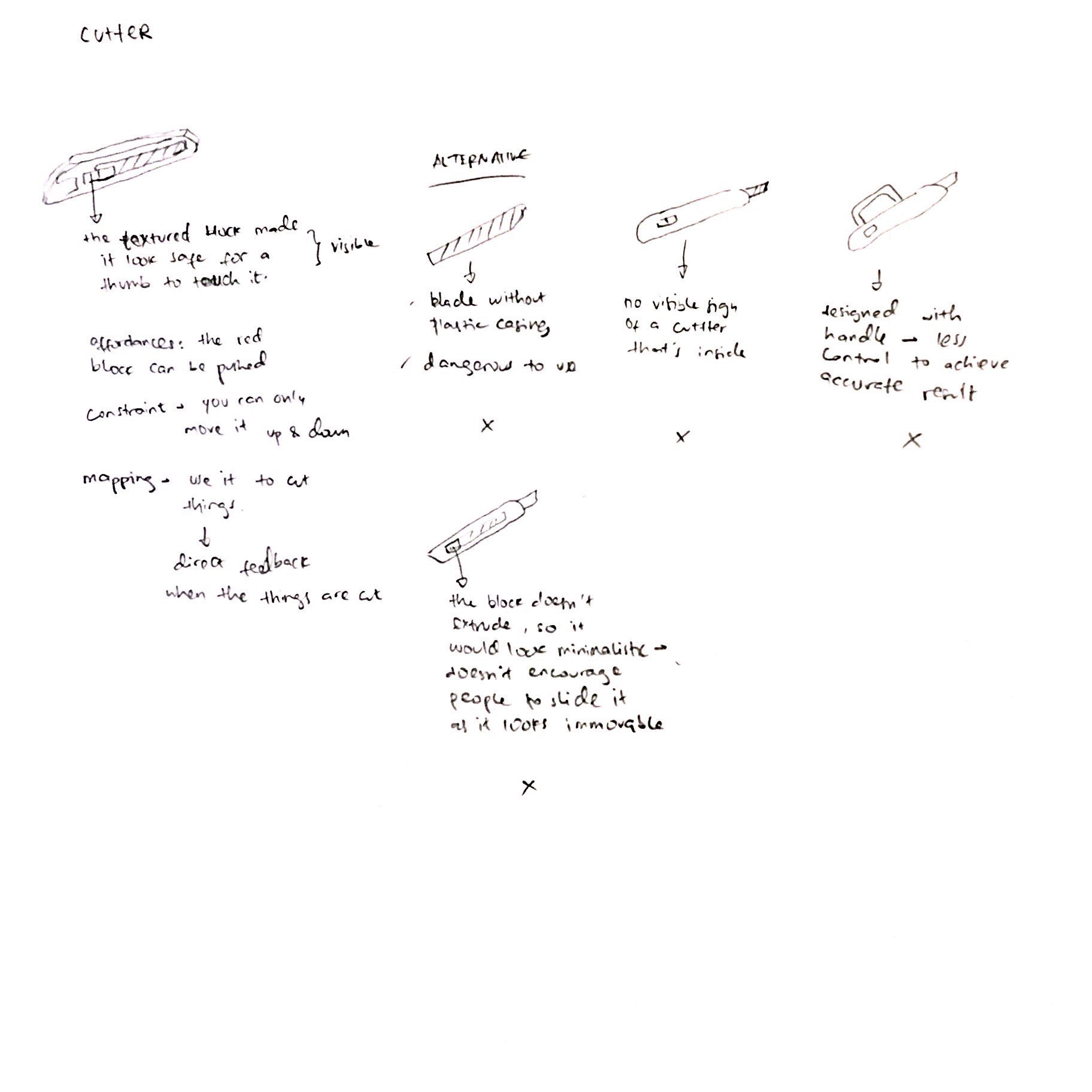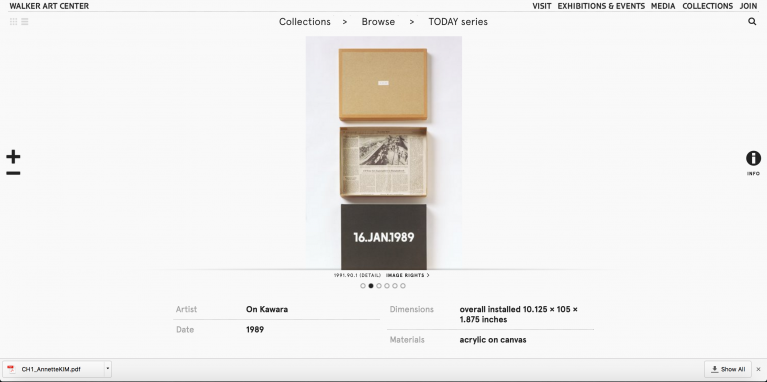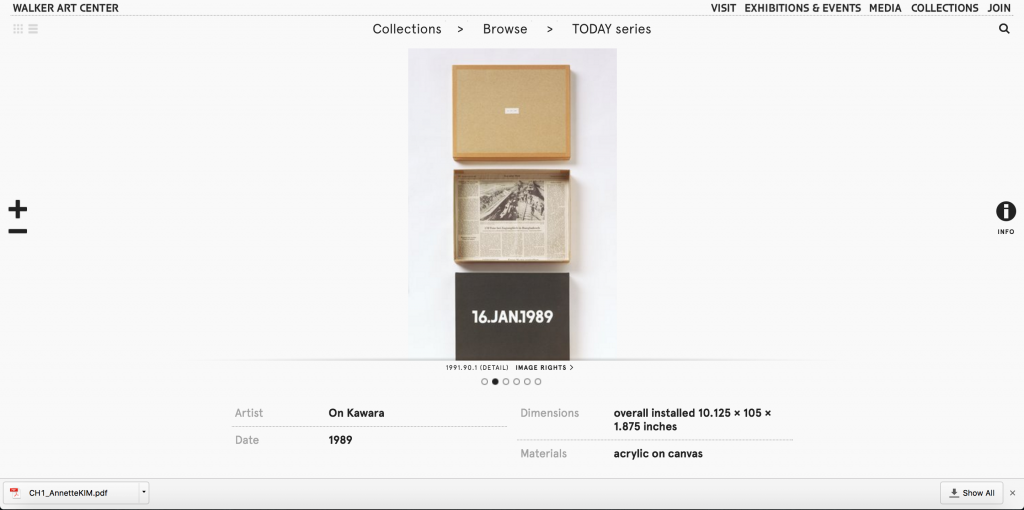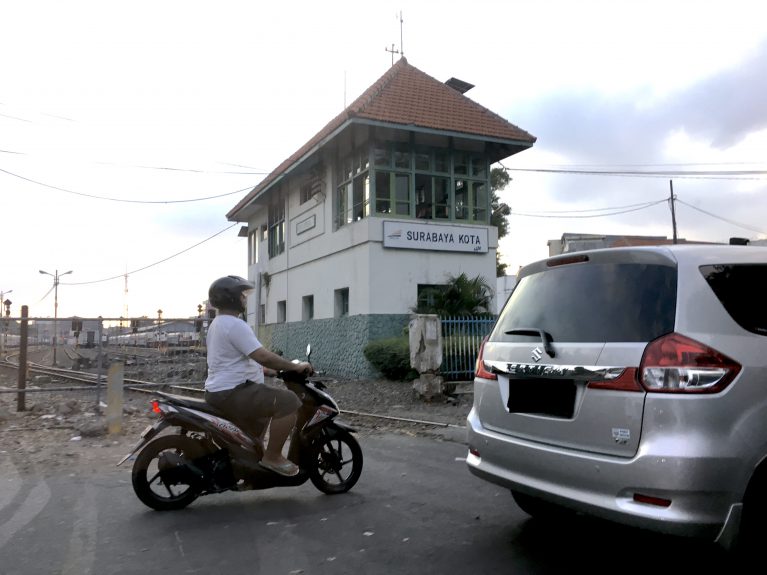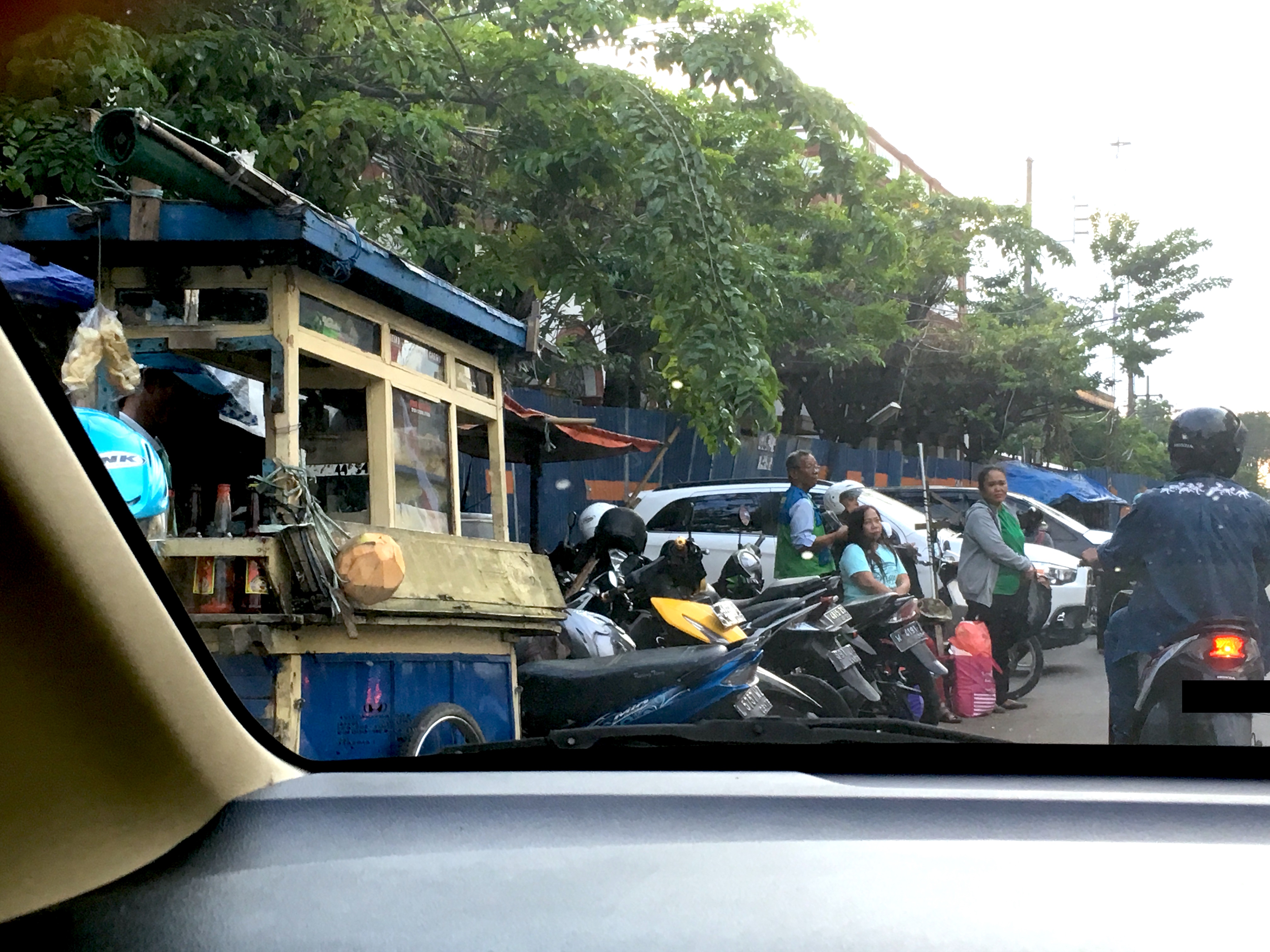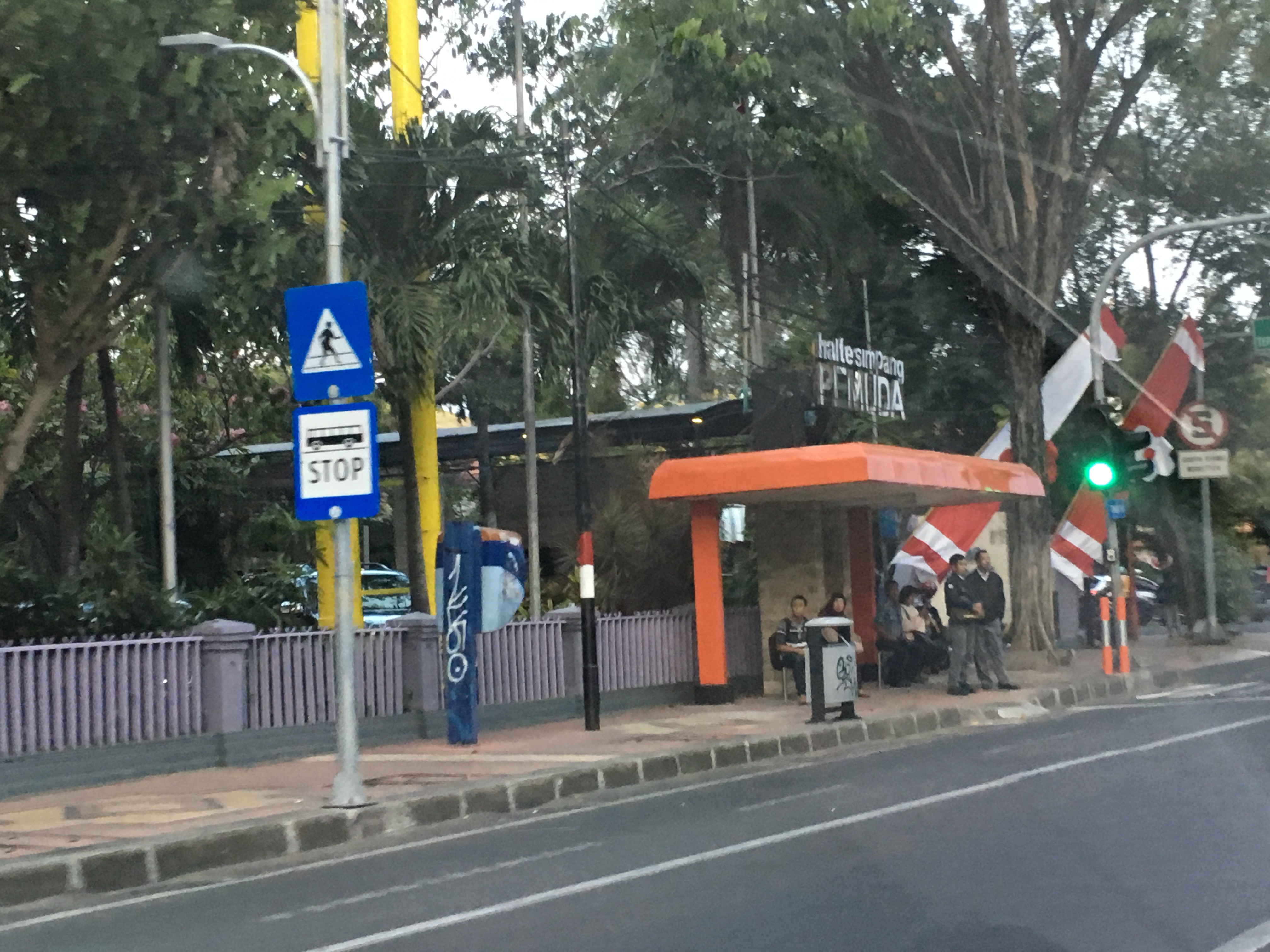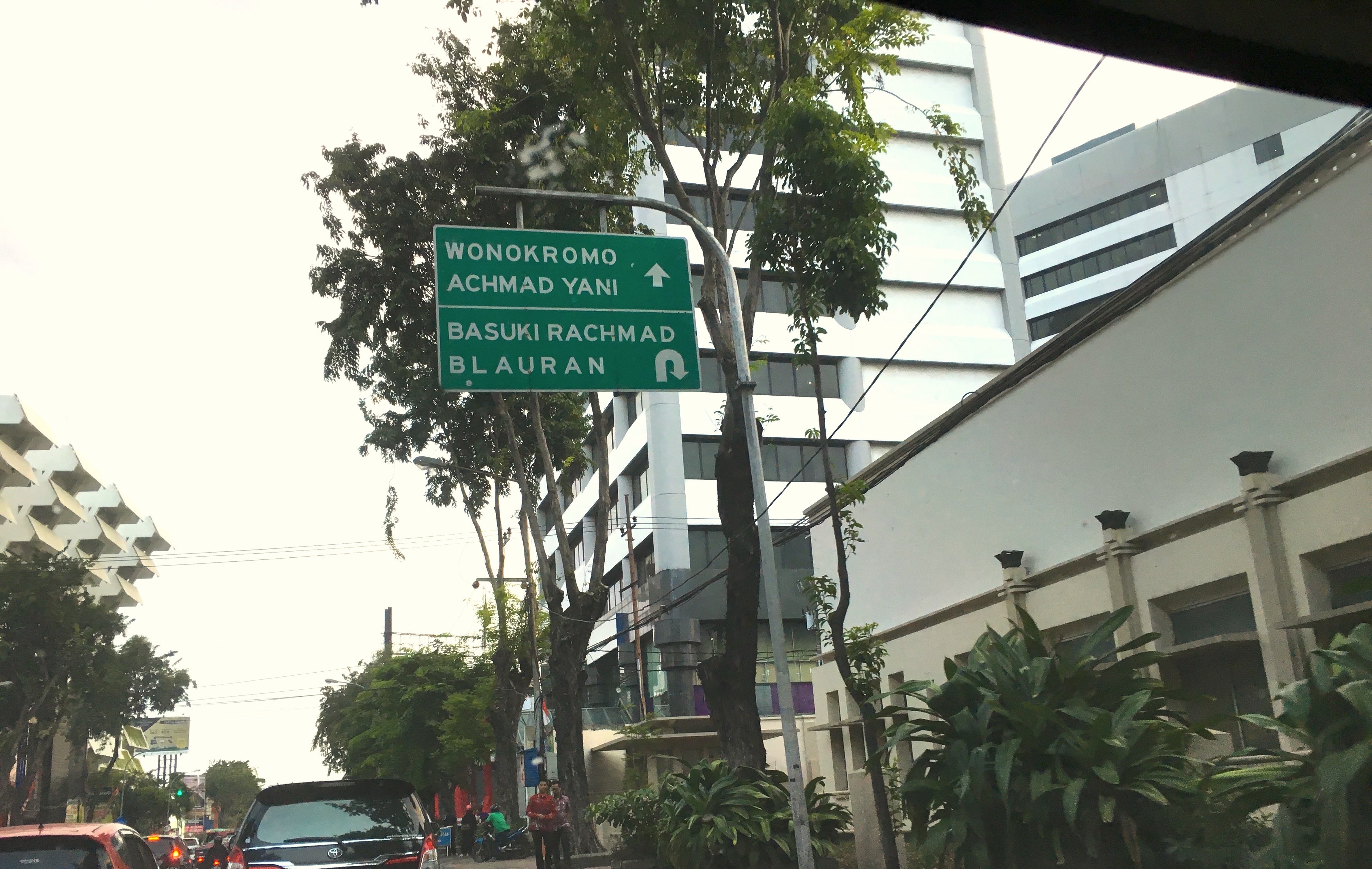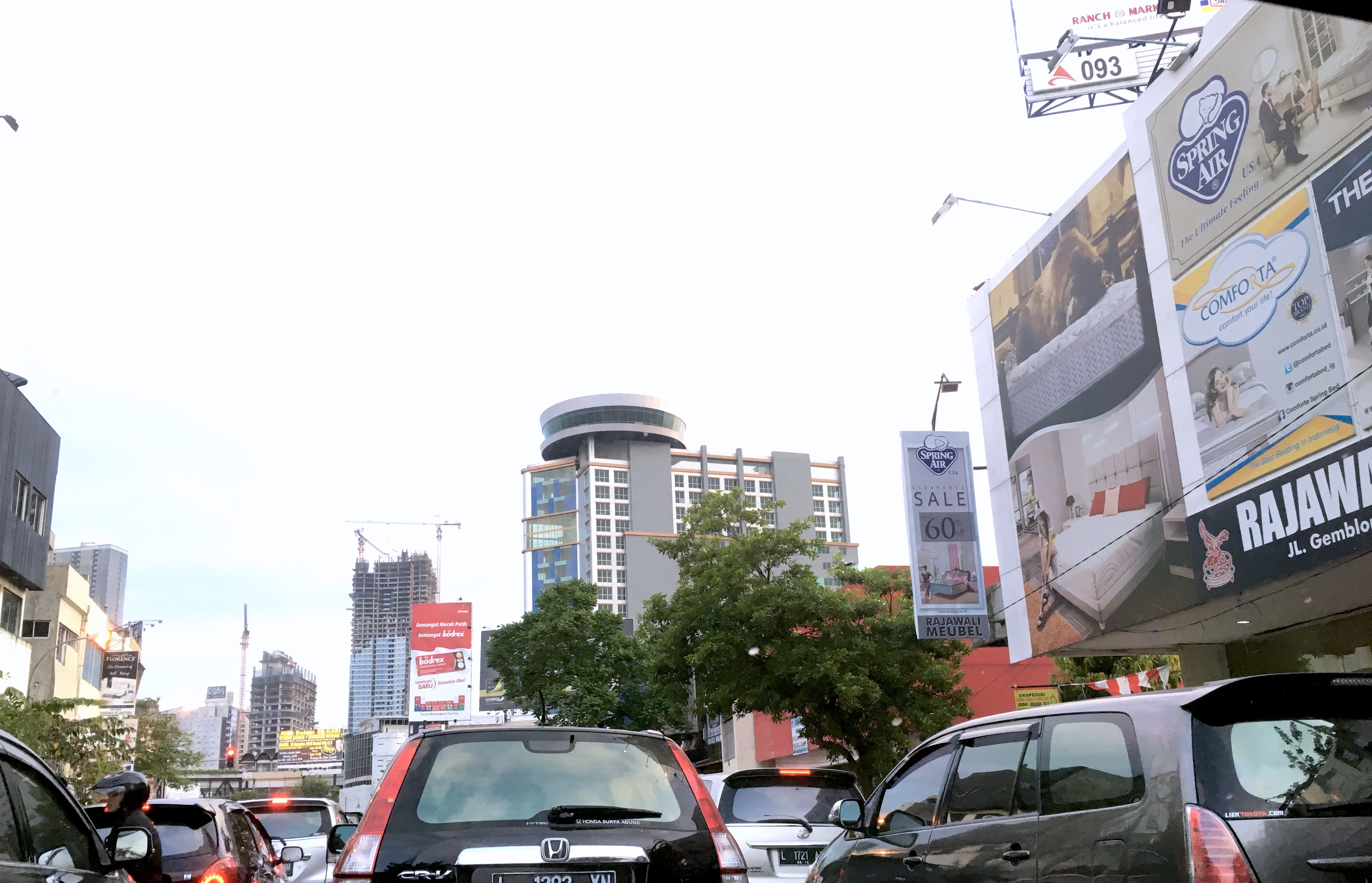Month: August 2016
Unconscious Bias
StandardWhat is unconscious bias?
Bias is a prejudice in favor of or against one thing, person, or group compared with another usually in a way that’s considered to be unfair. Biases may be held by an individual, group, or institution and can have negative or positive consequences.
There are types of biases
- Conscious bias (also know as explicit bias) and
- Unconscious bias (also know as implicit bias)
It is important to note that biases, conscious or unconscious, are not limited to ethnicity and race. Though racial bias and discrimination is well documented, biases may exist toward from any social group. One’s age, gender, gender identity physical abilities, religion, sexual orientation, weight, and many other characteristics are subject to bias.
Unconscious biases are social stereotypes about certain groups of people that individuals form outside their own conscious awareness. Everyone holds unconscious beliefs about various social and identity groups, and these biases stem from one’s tendency to organize social worlds by categorizing.
Unconscious bias is far more prevalent than conscious prejudice and often incompatible with one’s conscious values. Certain scenarios can activate unconscious attitudes and beliefs. For example, biases may be more prevalent when multi-tasking or working under time pressure.
A new light in my FYP progress
StandardI met Tong Yee, who is the director of The Thought Collective in The Social Wave – Flagship Panel Series Discussion by NTC and NTUES. I told him about my FYP project about kindness, and he connected me to Khoon, who oversees Little India trails.
What is interesting about Little India is, it contains people from different nationalities as well as locals. From our discussion, I learned that as the space is quite small, suspicion is increasing among strangers living there.
What I could potentially be the directions for my FYP are:
- How to connect people from different cultures? What kind of universal kindness language that could help dissolve suspicion among people?
- What is stopping someone from trying to have conversation with strangers, and how could we solve the problem?
There has been an initiative happened as a response to this issue, called Kapor Chatparty by Octopus Residency. I will contact the person involved soon to know about Little India community better, and see how I can contribute to the society using my FYP.
Assignment 2: Navigating Public Transportation
StandardQuestion
Managing how people move through public spaces is a very carefully designed user experience. Make sketches, notes and document with photos to carefully analyze the user experience during this field trip. Make observations on how other people move through public space. What are some unusual things that you notice?
Assignment: Organize your documentation and notes from the field trip and create a slide-show presentation that you’ll share in class Week 3.
Assignment 2: Reading Response
StandardResponse to reading from
CH 5 Jan Chipchase, Hidden In Plain Sight: How To Create Extraordinary Products For Tomorrow’s Customers. (2013)
The best way to get a gist of how people do the things and they do and how they do it is by being with the doers. The result would be much richer than just analysing existing collected data. In this chapter, the author discussed about “rapid cultural calibration” as a technique to put ourselves in the local mind set and to put local phenomena into global perspective. The rapid cultural calibration can be done by observing the city at dawn and rush hour time, participating in the city’s commute, going to travel hubs, barbershops and international fast food chain, and finally, reading urban signs. By doing cultural calibration, designers could have a deeper understanding about the consumers who would use their products.
Questions:
- How could we interpret data into insights? What are some practical things that we could do?
- In the case of going to foreign country with foreign language which language we do not understand, how could we communicate with the locals to get some insights to their lives? I get the feeling that by employing a translator will not give 100% essence to the researcher.
Assignment 1: 2 Objects
StandardQuestion
Choose two objects that you use every day (you cannot pick mobile phones or laptop/computer) and analyze their design using the principles described in Chapter 1 of The Design of Everyday Things. Imagine describing what the object is and what it’s designed to do to someone who has never seen it before. Is it intuitive or frustrating? Come up with three ways to alternate the design for that object and see how it changes its function. Make drawings and notes in your journal.
Assignment 1: Reading Response
StandardResponse to reading from CH 1 Donald A. Norman, The Design of Everyday Things (1988)
Assignment 1: Maps
StandardQuestion
Find two maps of a building or place you have visited – one map is badly designed and the other is well designed. Be prepared to explain your examples and bring maps to class.
Think of a time you were lost in a place and write in your journal how and why you got lost. What about the user experience didn’t work for you?
Bad Map Design

- No presence of map grid: bad conceptual model
- The places’ icons are not put according to their true location; hence, the map looks cluttered
- The map does not reflect all four routes in one big picture
- The route lines below is quite confusing for me as they only have one arrow as direction indicator each
- I remembered read the Campus Weekend Rider’s direction wrongly that I went out of NTU while I wanted to go somewhere inside NTU complex
Good Map Design
- The presence of map grid: good conceptual model
- The places’ icons are put according to their true location
- Although there are many bus routes, it is not confusing due to different color codes and bus numbers’ repetition along the lines
Assignment 3: Experimental Map
StandardQuestion
Think of a way in which you could develop an experimental map using images, sounds and stories. Some ideas… What else would we use if we didn’t use maps to find our sense of place? How would you map the sounds you hear every day? How would you map emotions? How would you map the overlooked peoples or places of Singapore?
To answer this question, I take inspiration from Kawara’s TODAY series.
http://www.walkerart.org/collections/artworks/today-series
How would I map places in Singapore by stories..
Maybe by making a video installation.
I would archive newspapers’ pieces with articles and photos related to the place. Related news on TV can be included as well.
Image source: http://www.marinabaysands.com/museum/big-bang-data/i-am-data.html#SRPQlgYQDwD7TH6f.97
Imagine that names of places in Singapore are flashed before the viewer, like the example above.
Someone can randomly touch on one box, and the link will expand, and the explanation about the place will appear. More videos and pictures related to the place will be shown.
Assignment 3: Response to “Seen and unseen: Ho Chi Minh City’s sidewalk life”
StandardThis week’s reading is Sidewalk City‘s first chapter “Seen and unseen: Ho Chi Minh City’s sidewalk life”, written by Annette Kim.
In this chapter, she is explaining about her 3 methods of mapping Ho Chi Minh city’s sidewalk. Her research includes:
- spatial ethnography:
“a method of spatial ethnography that joins together social science research and physical spatial analysis to uncover how sidewalks are actually used and the social processes and meaning of that use” - property rights of public
“many possible systems for organizing space” - critical cartography
“mapping overlooked spaces and people”
Overall, the part that struck me the most is about how to conduct a comprehensive research by going down to the space and interact with the locals. By having research conducted this way, one would have a better comprehensive of the field, and he would avoid making a project that does not resonate well with the society.
This weekend, I was not in Singapore. I went back to my hometown in Surabaya, Indonesia. Here, I noticed similarities between Ho Chi Minh City and Surabaya in how the society used up the pedestrians. Here are some photos that I took while I was on the way by car.
- Food vendors along the road.
- Food cart is conveniently located side by side with parked motorcycles and cars.
- Observation of the city’s bus stop sign.
- Observation of direction signage.
- Traffic during peak hour at around 6PM at the center of the city.
Through the assigned reading, I learned from Annette Kim about a glimpse of sidewalk life. Honestly, although I have been in Surabaya since I was born, I have not really used the pedestrian often. My mobility in the city depends on my family car. Therefore, it was interesting for me to relook at the sidewalk that has always been invisible for me.
Some questions that I have with regards to the reading:
- I understand that the author had invested a big amount of time being in Ho Chi Minh between 1996 and 2010. There must be a lot of changes in the city, as the author has admitted as well in the book. I wonder how she depicts the ever changing the city’s sidewalk scene in the map, and until how long the map will remain relevant?
- Who will benefit most from her sidewalk map? The vendors? The police? The government? The city dwellers?
